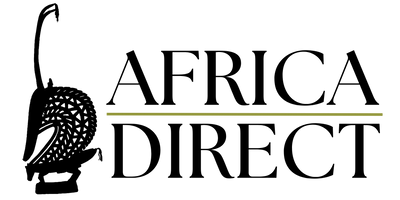Bwa or Bobo Animal Mask Burkina Faso
Width: 10.0
Depth: 9.0
Description
The Bobo and Bwa ethnic groups in Burkina Faso are known for their exceptional woodcarving skills, crafting intricate masks, sculptures, and artifacts used in traditional rituals. The Bobo carvings, renowned for their elegance and detailed lines, include sacred masks like the Dwo mask, believed to protect villages from evil spirits, and the Boli figure used in ancestor rituals. The Bobo emphasize agricultural practices and have intricate purification ceremonies involving masks representing natural forces. The Bwa, more open to outside influence, also excel in woodcarving, creating masks such as the Nwantantay, connecting the living to the spirit world, and plank masks for ceremonies. Both groups' woodcarvings are characterized by intricate designs, elegant forms, and cultural significance, showcasing Burkina Faso's rich cultural heritage.
Height (In): 31.0
Width (In): 10.0
Depth (In): 9.0
134468
Approximate Age: 20th Century
People: Bwa,Bobo
Country of Origin: Burkina Faso
Material
Condition
Overall Condition: Good. Most of our pieces have spent decades on at least two continents, and have been treasured by several owners.








